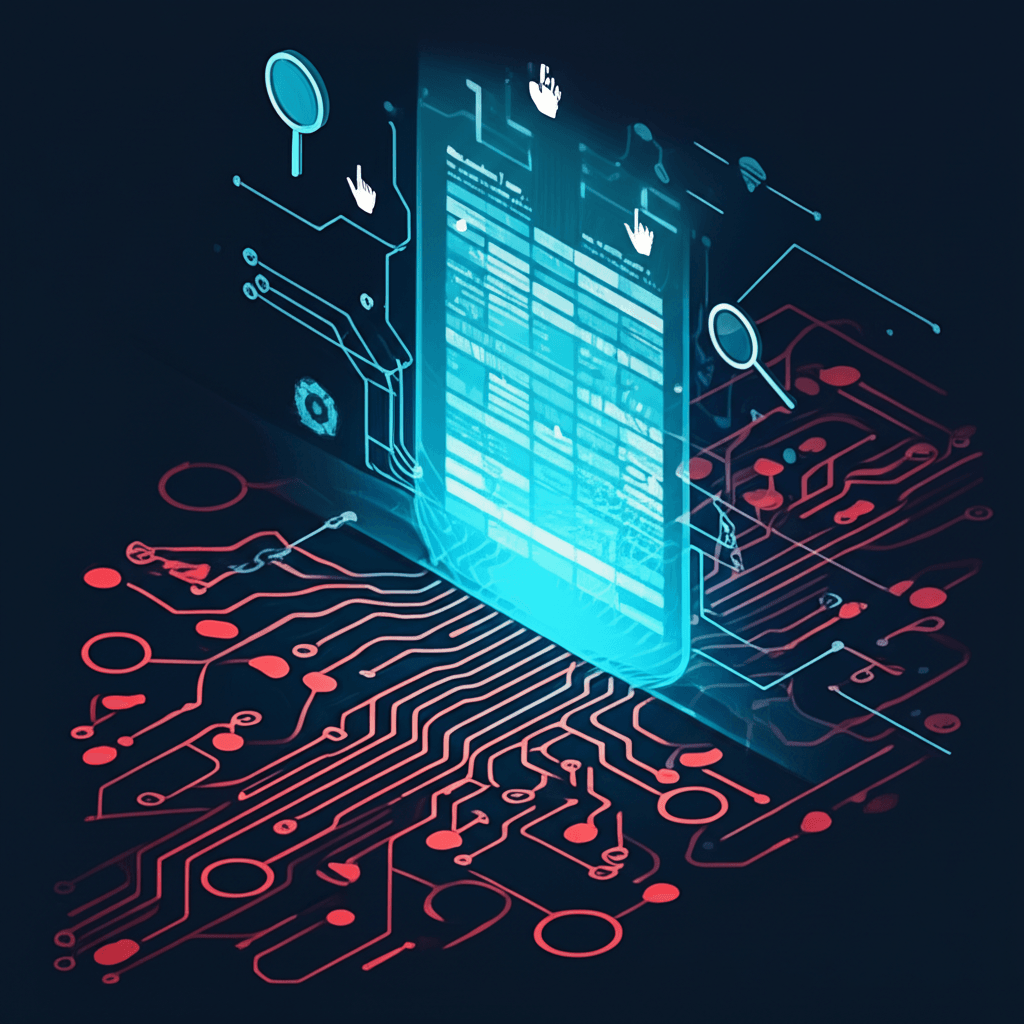Beyond 'AI Slop': Engineering Open Source for Sustainability and Quality
Introduction
Generative AI tools are rapidly reshaping software development, offering unprecedented speed in code creation [1]. For the open source community, this presents a significant challenge: how to harness AI's powerful benefits without succumbing to "AI Slop"—the influx of low-quality, unoriginal, or potentially problematic contributions [0], [2]? This isn't merely about filtering poor code; it requires actively engineering projects and cultivating communities to thrive in this new landscape.
Sustaining project quality and ensuring long-term viability demands a deliberate combination of proactive engineering and robust community strategies [0], [3]. This post will explore how open source projects can navigate the AI era by implementing effective technical controls and fostering strong community engagement, ensuring AI acts as a valuable asset, not a source of dilution.
The AI Impact on Open Source: Opportunities and Pitfalls
The integration of AI into coding introduces both exciting possibilities and notable challenges for the open source ecosystem [5].
-
Opportunities:
- Increased contributor productivity: AI tools automate repetitive tasks, freeing developers to concentrate on complex problem-solving and innovation [6]. Studies indicate potential speed improvements for coding tasks [1].
- Faster prototyping: AI can quickly generate functional code from concepts, accelerating the prototyping phase [6].
- Assistance for non-experts: AI tools with natural language understanding can lower the barrier to entry for new developers [6].
- Boilerplate reduction: AI excels at generating common boilerplate code, saving developers time [6].
-
Pitfalls (The "Slop"):
- Subtle bugs and security vulnerabilities: AI-generated code isn't flawless and can introduce hard-to-spot errors or security flaws, sometimes by replicating vulnerable patterns from its training data [7].
- Questionable licensing implications: AI models trained on vast open source datasets might inadvertently generate code snippets that violate licenses or infringe copyright [7].
- Repetitive or unoriginal code: AI can produce generic code, leading to duplication and a lack of creative solutions, which can complicate maintenance [7].
- Increased review burden on maintainers: A potential surge in AI-assisted contributions, particularly low-quality ones or even AI-generated bug reports, can significantly increase maintainer workload [2], [7].
Integrating AI contributions into a collaborative, quality-focused environment presents a specific hurdle. AI-generated code may not adhere to project-specific standards, can introduce inconsistencies, and its "black box" nature can make debugging or understanding difficult [8]. Furthermore, over-reliance on AI could diminish the value of human skill and erode the crucial mentorship aspect of open source, where developers learn by tackling challenges and guiding others [9].
Engineering Quality Control for AI-Assisted Contributions
To leverage AI's potential without sacrificing quality, open source projects require robust engineering controls [10].
- Strengthen CI/CD Pipelines: Mandating rigorous automated testing (unit, integration, end-to-end), comprehensive linting for style consistency, and thorough static analysis is more critical than ever [11]. These automated checks serve as the primary defense, ensuring contributions meet baseline quality and security standards before human review [11].
- Identify AI-Generated Code Characteristics: Projects can utilize or develop tools to detect common traits of AI-generated code, such as a lack of broader project context, overly uniform patterns, or insufficient documentation [12]. Some AI code detectors employ machine learning to analyze code structure and style for these indicators [12].
- Establish Explicit AI Contribution Guidelines: Projects should clearly articulate their policy on AI-assisted contributions. This must include a requirement for contributors to thoroughly review, understand, and take full ownership of any AI-generated code they submit [13]. Transparency, like disclosing AI tool usage in commit messages, can also be mandated [13].
- Explore AI-Powered Review Assistants: Ironically, AI can also support maintainers. AI-powered review assistants can flag stylistic inconsistencies, highlight potential bugs, or identify security vulnerabilities in submitted code, streamlining the review process for human maintainers [14]. Tools like SonarQube and GitHub Copilot are already incorporating such features [10], [14].
Fostering a Sustainable Community in the AI Era
Technical controls are only one part of the solution. A resilient and adaptable community is equally vital [15].
- Educate on Responsible AI Use: Contributors need clear guidance on best practices for using AI tools within the project's context. This includes awareness of potential security risks, licensing issues, and the necessity of human oversight [16].
- Uphold Human Review and Mentorship: Despite increasing automation, the value of human code review remains paramount. It's essential for catching subtle errors, ensuring architectural consistency, and, critically, for knowledge transfer and skill development [17]. Mentorship is key for guiding developers, especially in navigating the ethical and practical use of AI tools [17].
- Manage Maintainer Workload: To prevent burnout from reviewing a potential increase in lower-quality AI-assisted submissions, projects need strategies. These include clear contribution guidelines to filter poor submissions, automated checks for common issues, and empowering trusted community members to assist with reviews [18].
- Value Non-Code Contributions: Emphasize and celebrate contributions such as documentation, issue triaging, and community support. These areas are less susceptible to AI automation and are fundamental to a project's health and usability [19]. High-quality documentation, for instance, requires deep understanding and empathy for user needs, qualities AI currently struggles with [19].
Conclusion
Navigating the era of AI-assisted development presents open source projects with both exciting opportunities and significant challenges, particularly the risk of "AI slop." Success depends on a dual approach: implementing robust technical controls to protect quality and fostering a strong, educated, and engaged community [21].
AI should be seen and used as a powerful tool to enhance open source quality and collaboration, not as a shortcut that dilutes its core values [22]. While AI can automate, assist, and accelerate, human oversight, critical thinking, and genuine collaboration remain indispensable.
The open source world has always thrived on adaptation and dialogue. The integration of AI is no different. Continuous conversation, shared learning, and a willingness to evolve practices are necessary to meet these new realities [23]. The call to action is clear: open source projects must proactively develop strategies to navigate this AI-influenced future, ensuring they remain vibrant, sustainable, and centers of high-quality, collaborative innovation [24].
